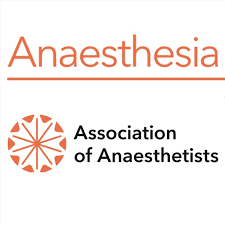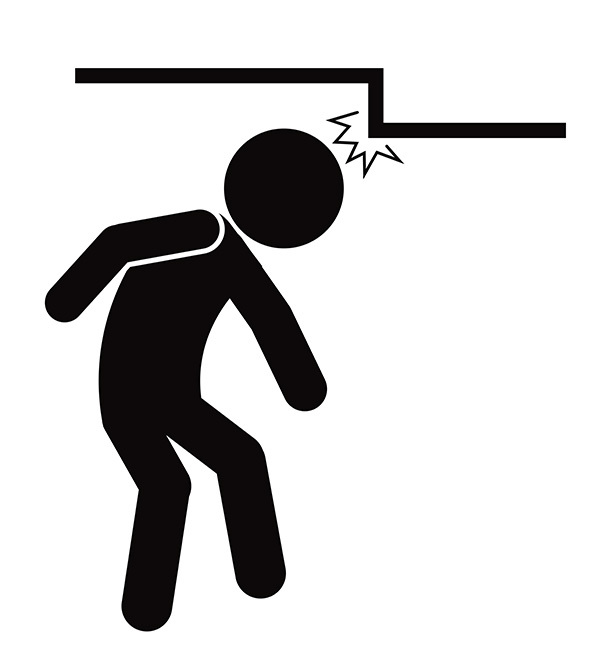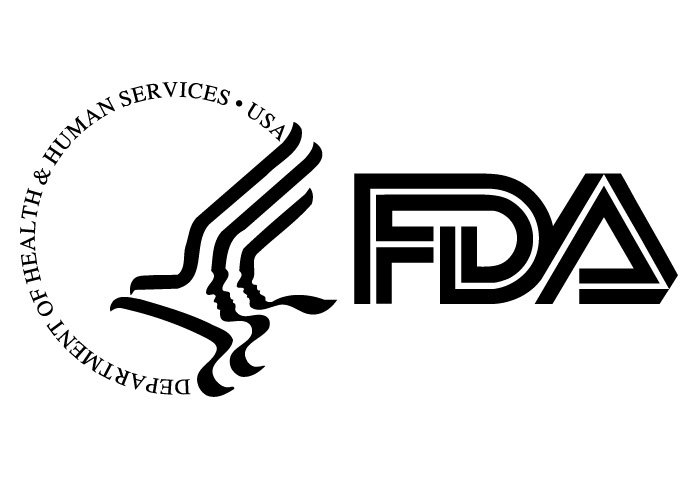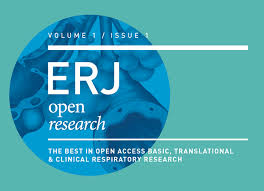Experts reach consensus on preop education to support surgical recovery

Editor's Note A new international consensus offers the first multidisciplinary definition and set of recommendations for group-based preoperative education programs, sometimes referred to as “surgery schools.” Published June 21 in the British journal Anaesthesia, the expert-driven guidance aims to improve patient preparation, experience, and recovery for those undergoing major elective…
Survey: Nursing school enrollment grows but PhD programs continue decline

Editor's Note The American Association of Colleges of Nursing (AACN)’s AACN’s 2024-2025 Enrollment and Graduations survey shows undergraduate and graduate nursing programs saw enrollment gains in 2024, with a 4.9% increase in Bachelor of Science in Nursing (BSN) program enrollment, along with a 1.6% gain in RN-to-BSN programs following five…
Nurse-focused EHR training aims to cut burnout and prep for AI future

Editor's Note Epic has introduced a free training program to help nurses and medical assistants reduce time spent using electronic health records (EHRs), addressing a key factor contributing to widespread burnout. According to a recent article in Fierce Healthcare, the Nursing SmartUser classes launched during National Nurses Week and aim…
Study: Preoperative dexmedetomidine stabilizes vitals in anxious GI cancer patients

Editor's Note Low-dose dexmedetomidine effectively stabilizes blood pressure and heart rate during key perioperative stages in gastrointestinal tumor patients with moderate to severe anxiety, according to a July 1 study published in BMC Psychiatry. Researchers enrolled 100 patients undergoing elective laparoscopic gastrointestinal tumor resection. Anxiety levels were measured using…
ASC adaptability depends on properly structured leadership

Takeaways • Different types of ASC leadership structures can be adapted to meet organizational needs. • Regulations, accreditation standards, size, and ownership types are examples of factors influencing the leadership structure. • Ongoing success of the ASC leadership team depends on factors such as governing body diversity and strategic planning.…
Hidden head injury hazards expose cracks in OR safety culture

One of the most sobering moments in the career of anesthesiologist Cornelius Sullivan, MD, occurred not as a caretaker in the OR, but as a patient in the emergency department. Having been knocked out cold by a low-hanging monitor during a surgical procedure at Boston Children’s Hospital, he had to…
FDA designates Class 1 recall for angiographic catheter

Editor's Note The US Food and Drug Administration (FDA) has designated Cook’s recent recall of the Beacon Tip 5.0 Fr Angiographic Catheter as a Class 1, the most severe category indicating serious risk of injury or death. The recall was reportedly motivated by reports of tip separation both prior to…
Study: Night shifts increase asthma risk for women

Editor's Note Women who work night shifts are around 50% more likely to have moderate or severe asthma compared to women who work only during the day, according to findings published in ERJ Open Research. As detailed in a June 15 announcement from the European Respiratory Society, the study analyzed…
The Joint Commission announces accreditation overhaul

Editor's Note The Joint Commission has launched a major redesign of its healthcare accreditation and certification programs with Accreditation 360: The New Standard. According to a June 30 announcement, the new framework introduces outcome-focused performance tools, eliminates hundreds of requirements, and promises to made standards publicly accessible. Reportedly supported by…
Healthcare finance leaders shift focus to external threats amid regulatory, economic uncertainty

Editor's Note A new Deloitte report shows healthcare finance leaders are increasingly focused on external business pressures, especially federal policy changes, tariffs, and economic volatility, Chief Healthcare Executive reported June 24. In contrast to prior surveys, where workforce and internal operations were top concerns, 84% of leaders now cite external…

 Free Daily News
Free Daily News